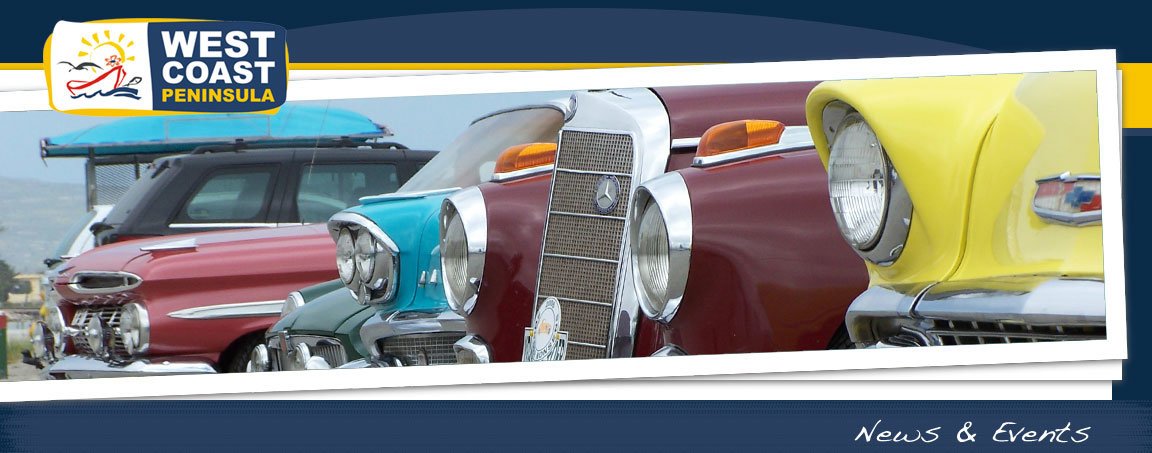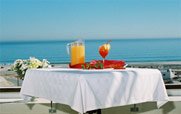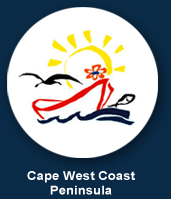West Coast Flowers in Full Bloom |
<< go back to news |
Good winter rains colour the grey-brown koppies a vibrant green and in between rolling wheat fields splashes of colour peer through the stalks, heralding the advent of another miracle: the diversity of spring flowers that bedeck the countryside in August and September each year.
In a 4400km² stretch – from Melkbosstrand in the south to the Berg River flowing through Velddrif in the north – some 1 200 species have been identified, many of which are endemic to this area alone.
Geographically the region lacks diversity, but the effect of and impact from the sea moisture has a direct bearing on the species of plants found here.
Soil types range from the readily identifiable Sandveld - found on the limestone outcrops and coarse sands – to Strandveld – found in the low-lying coastal plans – to Renosterveld – shale stretches in and around the Darling Hills and more inland towards the Swartland. Limestone deposits along the shoreline are high in alkalines and here may be found some very distinctive species such as Kraaldoring and a number of Asteraceae such as sand Gombos.
The unmistakable Reënblommetjie – or Cape rain daisy – is abundant for most of the spring flower season, its white face smiling happily up at the midday sun. And although the horsefly is a pesky critter that gets up one’s nose, literally, it is the pollinator this annual plant, giving rise the adage that everything has its place in the order of things.
Off the beaten track the bright lemon-yellow flowers of the creeping plant, Pietsnot (wherever do these names come from?), edges its way along road verges and sandy soils. Once a staple food to the yesteryear pastoral Nama and Khoi, today you’d probably have to be hard-pressed and very hungry to indulge in its slimy root system.
The perennial Kaapse rooi Gousblom does its bit to add colour to the artist’s palette that makes up the veld: bright orange heads with a dark brown mark at the base of the flower. And when the colours promise to overwhelm the senses, the pastel pinks of the Bokbaai Vygie bring relief to tired eyes.
The Afrikaans naming of species is in itself a science and certainly worth further investigation. Take, for example, Bobbejaankoolklimop or Koggelmandervoet. Do these names not tell one precisely what the plant looks like? Many of the names act as a warning; for example, Gifbossie, or Senecio burchellii, which is highly toxic to mammals. Paging through the South African Wild Flower Guide 7 by John Manning and Peter Goldblatt will greatly enhance your identification of the myriad species to be seen.
Visit your local tourism office and ask for literature in flower viewing or call the Flowerline on 071 320 7146 which is operational August through to end September each year.

|
 |
||
|






